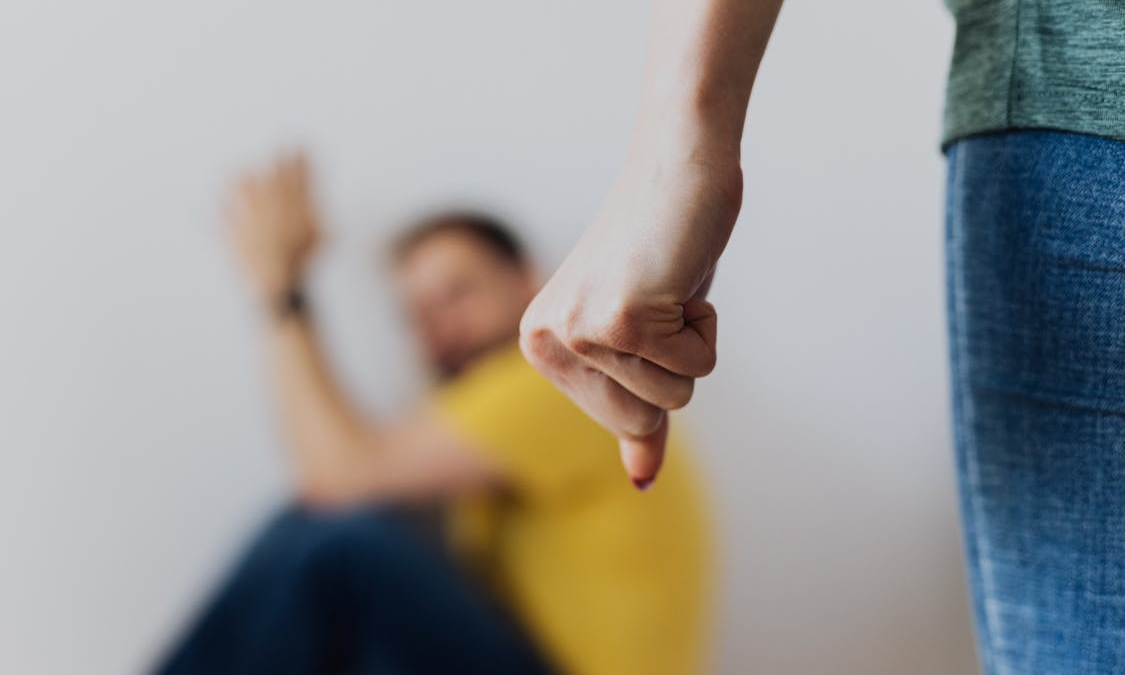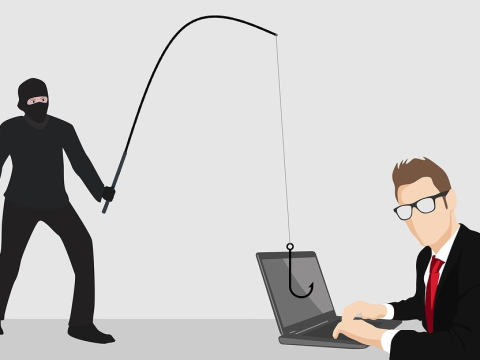
4 Ways to Take Student Wellbeing to the Next Level
June 16, 2022Victims of domestic violence frequently feel traumatized and confused, believing there’s no way to end their misery. However, many survivors have trouble recognizing the abuse being done. Understanding and identifying the types of domestic violence is essential to taking steps to leave that abusive environment.
What is Domestic Violence/Abuse?
Abusive acts or behavior within the household generally includes violent acts or mistreatment of a partner, children, or spouse. Domestic abuse includes any type of verbal, sexual and physical abuse, as well as manipulation or emotional control.
Domestic abuse can have long-term consequences that might last for extended periods after the violent acts have stopped. Certain kinds of domestic abuse may happen without a physical fight and may include emotional abuse that also leaves a major impact on the mental well-being of a survivor.
Types of Domestic Violence/Abuse
Physical – Any actions that cause physical pain, such as hitting.
Sexual – Engaging victims in forced sexual activities. Often involves humiliating victims sexually.
Mental – These include using intimidation tactics and focusing on the vulnerabilities of the victim.
Verbal – Using abusive language, giving verbal threats, or generally making the victim feel unsafe through the use of words.
Control – Imposing their thoughts and ideas, constantly monitoring victims, monitoring style or wardrobe choices, and taking away independence.
Isolation – Preventing victims from visiting any social gatherings or meeting with friends or family.
Financial – The abusive partner has control over all the income and finances.
Causes of Domestic Violence/Abuse
One must understand that domestic abuse is not an uncontrollable action, but it is a choice that abusers often make. Abuse cannot be caused by the actions of the victim. It’s not your fault if you’re a victim of domestic abuse since you can’t force someone to hurt you in any way.
Kids who encounter domestic violence may begin to believe that mentally or physically abuse is the only method for resolving disagreements, fights or disputes. Similarly, toxic gender roles at a young age can affect how a person grows up to view abuse.
Some common factors that lead to domestic abuse include:
- Unemployment or poverty
- Alcohol or drug misuse
- Mental illnesses
- Trying to forcefully retain a relationship with a victim
- Gender-based abuse

If you are a social worker or a case manager that looks after victims of domestic abuse, you need to protect your client. You must not only defend them from the abuser, but you must also safeguard their privacy and keep their information confidential.
Our Victim Services case management software protects your client’s sensitive data. Our human service software provides a safe and secure environment for you to input your client’s information, track cases, conduct evaluations, and formulate a strategy. Our service can help you select or develop a system that relieves you of some of the responsibilities and allows you to spend more time with your clients.
Try out our social service case management software for free.




